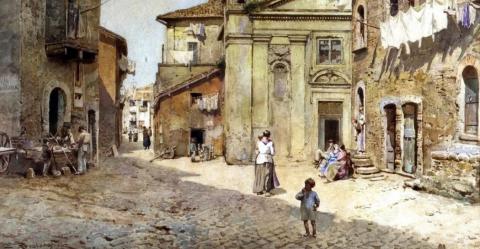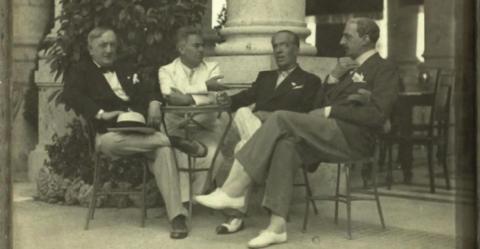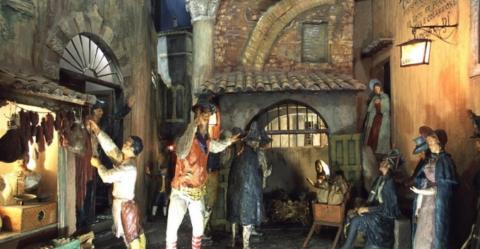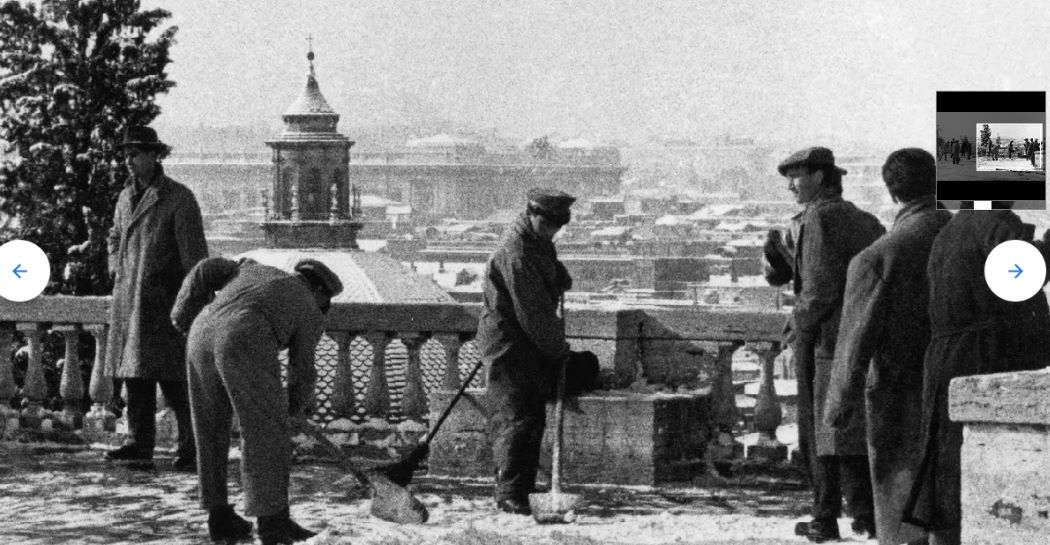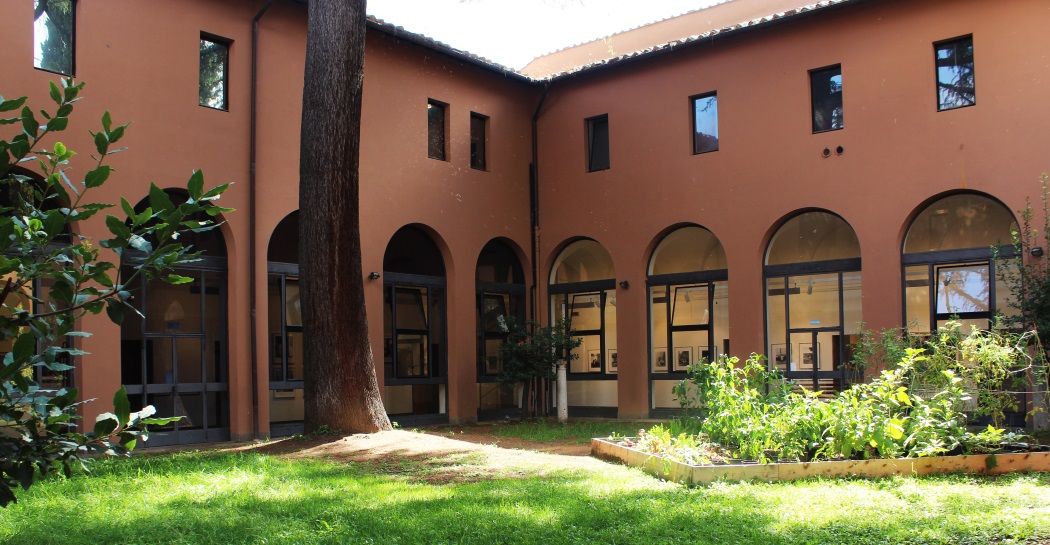Collections
The museum's exhibition is based on the famous watercolour series Roma sparita by Ettore Roesler Franz (Rome 1845 - 1907), which documents the urban transformation of Rome as the capital of Italy.
The banks of the Tiber destroyed with the arrival of the city walls and the characteristic corners of the ghetto or Trastevere that have now disappeared are brought back to life in the artist's easy, fluid narrative played on the tones of elegy and picturesque documentation, memories of an era that is passing.
Because of their delicacy they can only be exhibited in rotation.
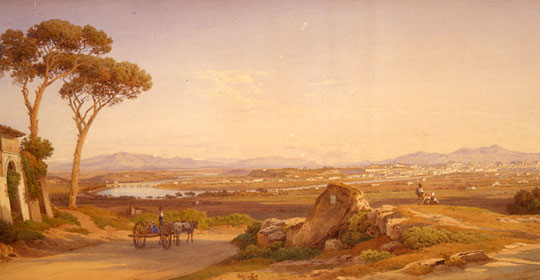

With the mission to tell the story of Rome through the eyes of artists, the museum's permanent collection includes works from the 18th century to the present day. Particular attention has been paid to the places, the transformation of the city represented in the late 19th century by the 119 watercolours of picturesque Rome by Ettore Roesler Franz (Rome 1845 - 1907). A master of the watercolour technique, his works are an unprecedented historical documentation of urban and suburban views that were disappearing, to be handed down to posterity.
The Museum also houses 76 small oil paintings by another intellectual with deep ties to the capital and known for his Cronache del Caffè Greco: Diego Angeli (Florence 1869 - Rome 1937).
Rome as it changed in the 20th century is then witnessed by three early paintings by Gino Severini (Cortona 1883 - Paris 1966) and, above all, by the photographs by Mario Carbone, Emilio Gentilini and Gianni Turillazzi that no longer capture Rome as the protagonist of dramatic contemporary history, but in particular Trastevere with its inhabitants.
The visit to the museum also includes a Nativity scene; six reconstructions of environments, the so-called Roman Scenes; the display of some art and craft objects that belonged to the poet Trilussa (Carlo Alberto Salustri, Rome 1871 - 1950) in the Room dedicated to him. In this section of the museum Studio Azzurro has created a video-installation dedicated to the Roman poet: it is a work rich in visual and sound suggestions, in which real objects come back to life juxtaposed to video-projected objects with the intention of restoring an evocative atmosphere of the character Trilussa in his different facets: the public and private man, the poet, the friendships, the amateur draughtsman. The video installation is not running at the moment.
Temporary exhibitions
The rich programme of temporary exhibitions finds meaning, identity and comparison in the permanent collection. In this way, a constant dialogue is maintained with social changes and their reflections in the visual arts in every declination, finding, on occasion, the cue to enrich the museum's collections with new acquisitions, making it even more alive, and the cultural offer.
The prestigious exhibitions, held annually, on the occasion of the World Press Photo award for photojournalism, a historical documentation that allows us to relive the crucial events of our time, have been followed with particular attention. The Italian Landscape, Photographs 1950 - 2010, an exhibition that highlighted the different ways in which the Italian landscape has been interpreted on the basis of the different schools of thought to which the approximately 90 photographers in the exhibition belonged, and La Fabrica del Presente, four exhibition projects, the result of the work of young photographers with different training and backgrounds, bearing witness to the passage, the transition, promoted by the Benetton Group's important research centre for communication, as well as the major exhibitions on the events of the 20th century such as Dreamers. 1968: how we were, how we will be.
The solo exhibitions of great Italian photographers such as Mario Giacomelli, Gianni Berengo Gardin, Lisetta Carmi, but also foreign ones such as Margareth Bourke-White, Inge Morath, Ara Güler and the retrospective in memory of the young photojournalist killed in Ukraine in 2014, Andy Rocchelli; the great exhibition Vivian Maier, una fotografa ritrovata.
To see them all, see the exhibitions page.



























